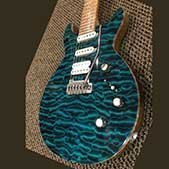-
Posts
14,195 -
Joined
-
Last visited
-
Days Won
60

craigb replied to SteveStrummerUK's topic in The Coffee House

craigb replied to SteveStrummerUK's topic in The Coffee House

craigb replied to SteveStrummerUK's topic in The Coffee House

